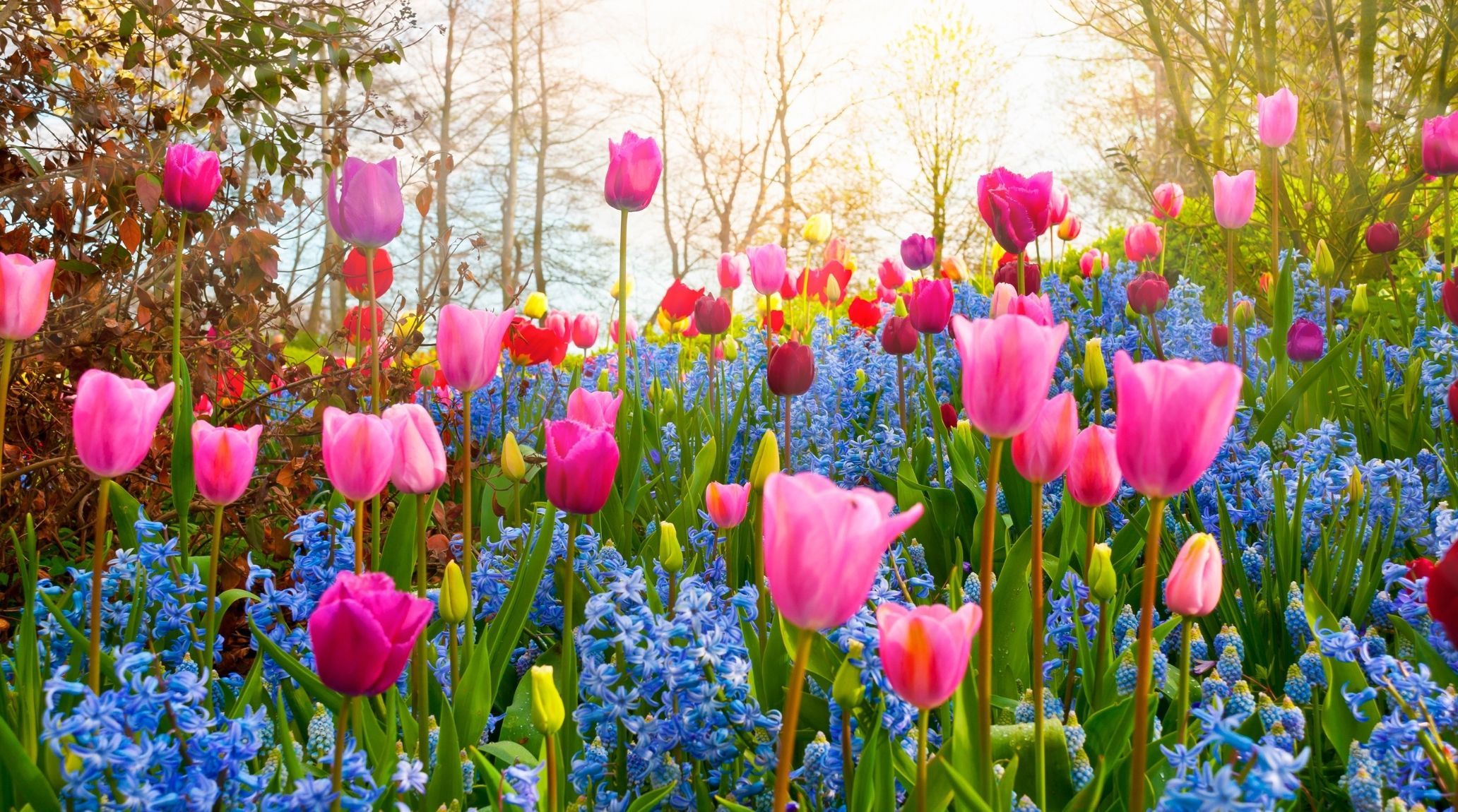
“
Spring is a season of renewal and vibrant life, marking the transition from winter to warmer days. In this blog, "Interesting Facts About Spring," we’ll explore 20 captivating facts that showcase the beauty and significance of spring. From the blooming of flowers to the migration of birds, spring is a time of rejuvenation for both nature and humans. Whether you’re a nature lover or simply curious about seasonal changes, these Interesting Facts About Spring will enlighten you on the wonders of this season and its impact on our environment and well-being.1
1
”
Spring occurs when Earth’s axis tilts toward the Sun, resulting in warmer temperatures and longer daylight. This change prompts plants to bloom, animals to awaken, and birds to migrate, signaling nature’s renewal. 1
The word "spring," referring to the season, comes from old phrases like "springing time" and means the beginning or rise of the year. It evolved from Middle English "springen," meaning to burst forth, and Proto-Germanic. 2
In the Northern Hemisphere, the vernal equinox marks the first day of spring, typically around March 20th. During this event, day and night are nearly equal in length, symbolizing a balance between light and darkness in nature. 3

Spring is often associated with fertility and rebirth, inspiring festivals around the world. For example, in India, Holi celebrates the arrival of spring with a vibrant display of colors, symbolizing the triumph of good over evil and new beginnings.
One of the longest flowering seasons belongs to the daffodil. These bright yellow blooms appear in early spring and can last several weeks. Daffodils are also a symbol of hope and renewal, widely recognized in spring festivals and traditions. 4
Allergies are commonly triggered during spring because of increased pollen in the air. Trees, grass, and flowers release pollen to fertilize other plants, but it can cause sneezing, watery eyes, and other allergic reactions in many people. 5
The spring season brings about a phenomenon called "spring fever." This isn't a literal illness but refers to the increased energy and sense of excitement many people feel due to longer days, warmer weather, and more sunlight. 6
The first day of spring is celebrated as the vernal equinox, a significant event when day and night are nearly equal in length, heralding the arrival of warmer temperatures and vibrant blooms.7
During spring, daylight savings time (DST) is observed in many countries. Clocks are set forward by one hour to extend evening daylight. DST aims to make better use of daylight and conserve energy, though its effectiveness is debated. 8
The Great Migration in Africa coincides with spring, as millions of animals, including wildebeests and zebras, travel over 1,200 miles in search of food and water. This journey across Tanzania and Kenya is one of nature’s most remarkable spectacles.9
Spring brings a phenomenon known as "green-up," where plants rapidly grow after winter dormancy. This quick greening is vital for herbivores, supplying essential food after the winter scarcity. 10
Spring is also known for the return of migratory birds, like the Arctic tern, which travels over 25,000 miles annually between the Arctic and Antarctic. These birds rely on the warmer weather and abundant food sources that spring provides. 11
The earliest sunrise of the year typically occurs during spring, depending on the latitude. As the days lengthen, more sunlight is available each morning, bringing a sense of renewal and energy to many people after the shorter winter days. 12
As spring arrives, melting snow and increasing rainfall can flood rivers, while the season's storms brew from the clash of warm equatorial air and lingering cool air from the poles, creating a dramatic weather spectacle. 13

The world's largest tulip festival is held in Ottawa, Canada, every spring. Over a million tulips bloom, symbolizing the city’s historical bond with the Netherlands, which sends tulip bulbs each year as thanks for Canadian assistance during World War II.
Spring flooding occurs in many regions as melting snow from higher elevations causes rivers to swell, potentially leading to destructive floods that also enrich agricultural lands with nutrient-rich soil.14
During spring, Earth's orbit brings it closer to the Sun, increasing solar radiation and raising temperatures. However, the timing of warming varies by latitude, causing some areas to experience spring later. 15
Crocuses are one of the first flowers to bloom in early spring, often poking through the last patches of snow. Their delicate purple, yellow, or white petals are a symbol of hope, reminding us that warmer days are just around the corner.16
The “Super Bloom” phenomenon occurs in desert areas after unusually wet winters, where wildflowers cover the landscape in vibrant colors. This rare event attracts tourists and showcases nature’s stunning beauty in spring.17
Spring heralds the return of seasonal foods like asparagus, strawberries, and peas. These fresh ingredients become staples in spring dishes, marking the shift from winter’s preserved foods to nature’s abundant fresh produce.18


